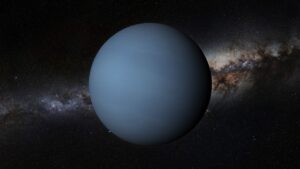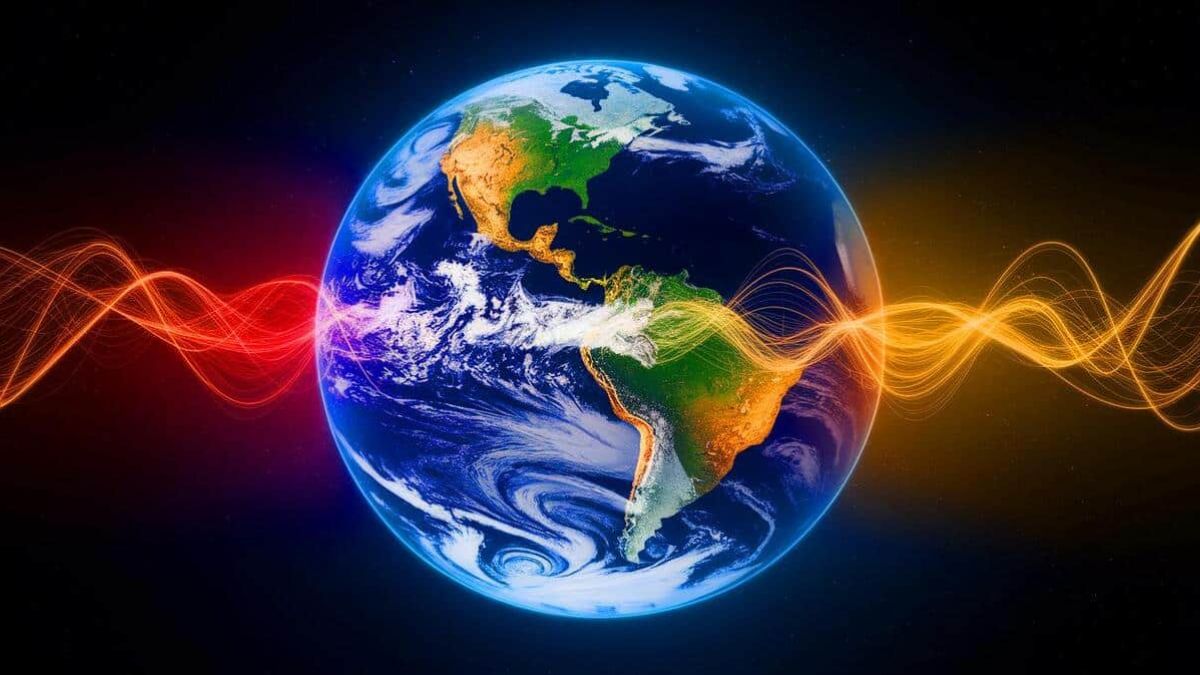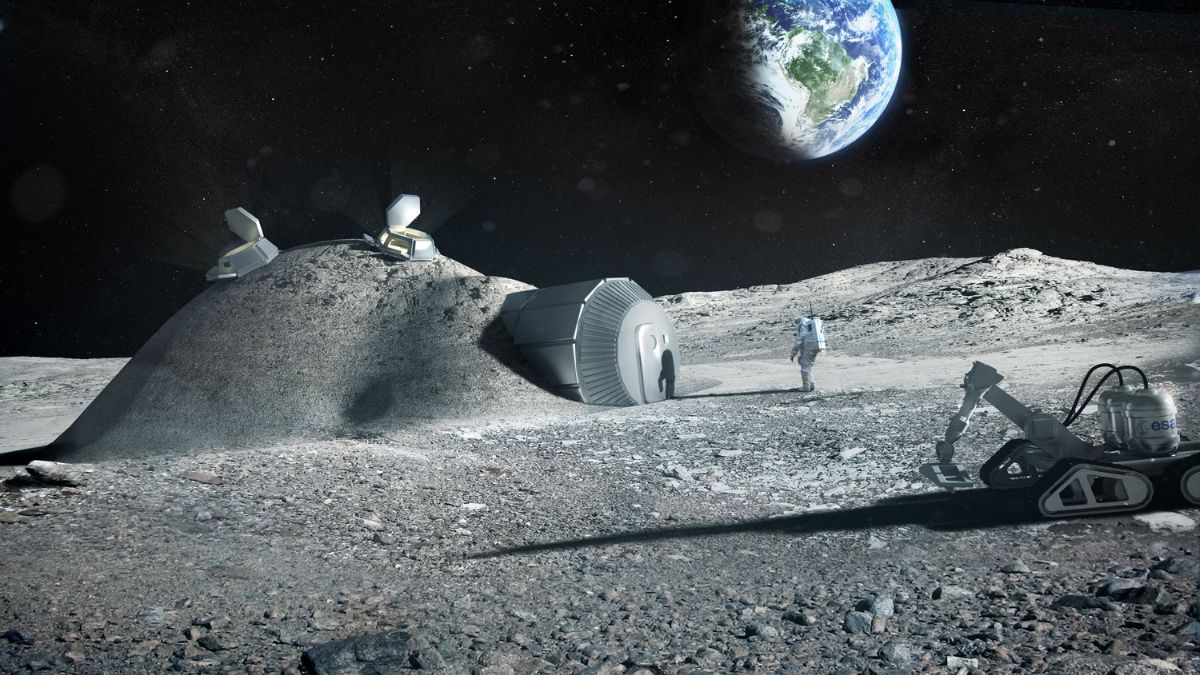A new discovery has just rocked the world of astronomy—and no, it’s not another black hole or distant galaxy. It’s a newborn planet named TIDYE-1b that’s doing something no other planet has ever done before. It’s big, it formed fast, and its behavior is unlike anything we’ve ever seen. Scientists are buzzing because this giant, still in cosmic diapers, is challenging everything we thought we knew about how planets are born and how they grow.
Newborn
Most planets we know—like Earth—took millions of years to form and have been around for billions more. But TIDYE-1b? This baby is just 3 million years old. That’s basically the blink of an eye in space terms. For context, Earth took up to 20 million years just to finish forming.
This makes TIDYE-1b a rare gem. Scientists almost never get to see planets this young. It’s like catching a glimpse of a building still under construction rather than just admiring the finished skyscraper. And it’s not just the age that’s shocking. The sheer size of this planet so early in its life is something researchers are still trying to wrap their heads around.
Orbit
Now here’s where things get even weirder. TIDYE-1b doesn’t just sit nicely in its solar system like most planets. It orbits at a strange angle—completely out of sync with the star it’s orbiting. Our solar system has all its planets aligned neatly, like dishes stacked in a cupboard. TIDYE-1b? It’s like someone threw a plate in sideways.
Even more, it orbits its star in just 7 to 9 days. That’s extremely close and fast for a planet. This raises some big questions. Did TIDYE-1b form there? Or did it migrate inward later? Most scientists believe that giant planets usually form farther out and then move in. But this discovery suggests we might need to rethink that theory.
Disk
Adding to the mystery, the entire system’s protoplanetary disk—the cloud of gas and dust from which planets form—is also tilted. This ring should be flat and lined up with the star’s spin. But in TIDYE-1b’s case, it’s misaligned. That kind of tilt could mean a nearby star or some external force messed with the system while it was still forming.
And here’s the kicker: we might never have spotted TIDYE-1b if its orbit wasn’t tilted. That odd angle made it pass in front of its star just perfectly for our telescopes to catch it. So we might have discovered it by pure luck.
Clues
TIDYE-1b is more than just an oddball—it’s a cosmic time machine. Studying this planet lets scientists peer into the early stages of planet formation. It’s like finding a baby photo of the universe’s building blocks. And that can help answer huge questions like: Do planets form quicker than we assumed? Are tilted orbits normal in young systems? Is this the early story of planets like Earth?
Some scientists even suggest that TIDYE-1b, being smaller than other newborn gas giants, might represent a stage closer to what Earth once looked like. It may be a missing link in the chain that explains how rocky planets, gas giants, and everything in between come into being.
Origins
At the end of the day, TIDYE-1b isn’t just an exciting new find—it’s a puzzle piece in a much bigger picture. It might just give us the clues to figure out not only how our own planet came to be, but also how the universe evolved after the Big Bang. And as scientists continue to track its behavior, there’s a good chance this baby planet will lead to even more discoveries about the very foundation of space as we know it.
FAQs
How old is planet TIDYE-1b?
It’s about 3 million years old—extremely young for a planet.
Why is TIDYE-1b unique?
It formed quickly, is massive, and has a tilted orbit.
How was TIDYE-1b discovered?
It was spotted using NASA’s TESS satellite.
What’s odd about its orbit?
It orbits at an angle and is very close to its star.
What can TIDYE-1b teach us?
It gives insight into early planet formation and migration.























